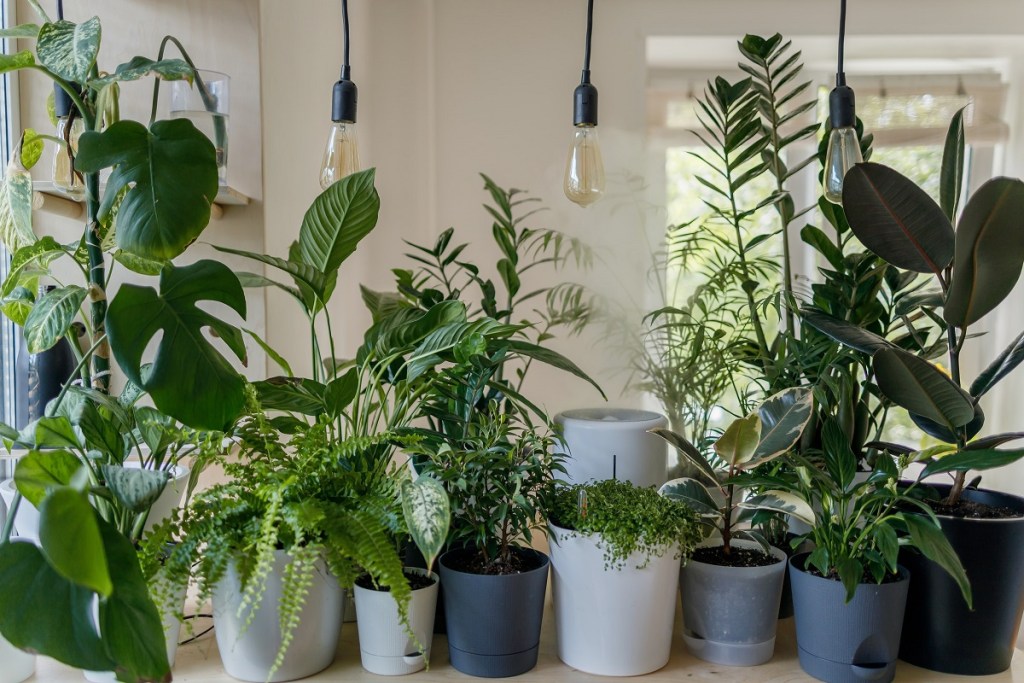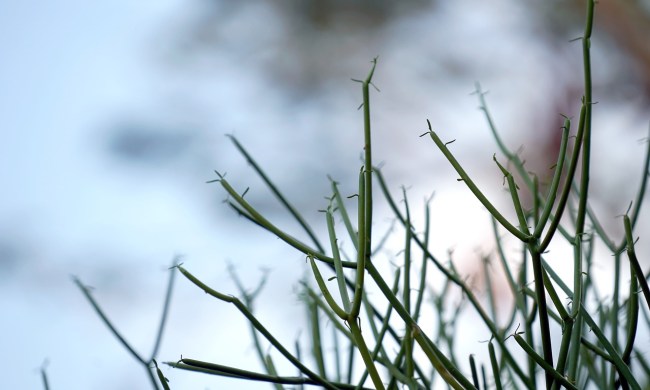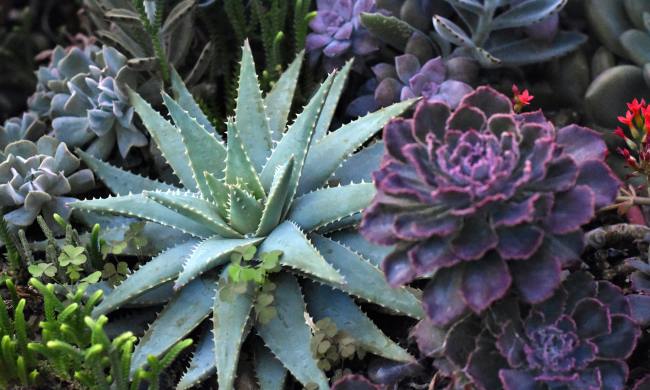Why use fertilizer
Plants have the unique ability to create their own energy from sunshine, water, and air through photosynthesis. But they need additional nutrients to regulate their life processes. The three major nutrients, nitrogen (N), phosphorus (P), and potassium (K), and ten additional nutrients fulfill those roles.
In wild settings, plant nutrients become available in a variety of ways through nature’s nutrient cycle. But in cultivation, and especially for potted plants, gardeners have to provide all of the nutrients that their plants need for survival. So we use fertilizers to conveniently deliver the required elements in an easy to transport, store, and apply package.
What to look for
When you shop for fertilizer, it’s important to consider what it’ll be used for. Each fertilizer was created with a different outcome in mind. Some are formulated to promote rapid growth, deep root development, colorful flower production, heavy fruit yields, or any number of other specific goals. Others are developed for general plant health and maintenance, which will be the focus of our picks below.
Nutrients
Plants use the three major nutrients, N, P, and K, in large quantities, so they’re the most important to consider. N is for leafy growth, P is for root, flower, and fruit production, and K is for drought tolerance and general health. Fertilizer labels show the percentages of these nutrients in the format N-P-K. For instance, a product labeled 4-5-6, includes 4 percent N, 5 percent P, and 6 percent K. Any other nutrients are listed on the reverse side of the label.
Three additional nutrients that plants use in fairly significant quantities are calcium (Ca), magnesium (Mg), and sulfur (S). The seven trace elements, or micronutrients, boron (B), zinc (Zn), manganese (Mn), iron (Fe), copper (Cu), molybdenum (Mo), and chlorine (Cl), are also important, but required in much lower quantities.
Type of fertilizer
Organic fertilizers are made using waste products from food and fiber processing facilities. Ingredients are composted or otherwise processed to eliminate pathogens and improve handling ability. Non-organic plant foods use chemical technology to reduce the nutrients into readily available elemental form. Fertilizers work in a variety of ways.
- Water soluble types include fine granular or liquid concentrate formulations that are diluted with water for application.
- Time-release plant food consists of chemically bonded pellets that break down with exposure to the moist soil over a period of weeks or months.
- Organics require the action of soil-dwelling microbes to release their nutrient content.
- Granular types go onto the soil dry and dissolve with rain or irrigation.
Application instructions
No matter the type of fertilizer, it’s critically important to follow the application instructions listed on the label. Doing so ensures that you get the full value of the fertilizer and avoid damaging plants or polluting nearby waterways.
Specialty fertilizers
A walk down the plant food aisle of your favorite garden center will reveal specialized fertilizers for many different kinds of plants. But is it really necessary to buy unique fertilizers for orchids, succulents, African violets, palm trees, citrus trees, gardenias, and others? Maybe, but probably not.
General purpose plant foods are designed to nourish most plants and minimize the risk to sensitive plants. You can use them on your whole plant collection without undue risk. But if your collection includes lots of any one of the specialty types, it could be worth it to use a unique product made just for them.

The best houseplant fertilizers
These products represent the best of the spectrum of houseplant food options. Choose from fast-acting liquid, worry-free slow release, or eco-friendly organic options to raise your plants in the way that works best for you.
Best Water Soluble Fertilizer: Jack’s Classic 20-20-20 All Purpose Fertilizer
- 20-20-20
- Enhanced with 7 micronutrients
- Promotes foliage growth
- Use regularly on all types of foliage house plants.
Best Slow Release Fertilizer: Osmocote Smart Release Plant Food Plus
- 19-6-12
- Fortified with 11 essential nutrients
- Feeds for 6 months
- Helps reduce care requirements for large plant collections
Best Organic Fertilizer: Dr. Earth Palm, Tropical & Hibiscus Fertilizer
- 5-4-6 plus 2 percent iron and 4.75 percent sulfur
- Includes millions of beneficial microbes for improved plant vigor
- OMRI listed and Non GMO verified
- Great choice for houseplants that spend summers outdoors
Best Hydroponic Fertilizer: AeroGarden Liquid Nutrients
- 4-3-6 plus 1 percent calcium
- Patented pH buffering for consistent nutrient uptake
- Suitable for edibles as well as ornamentals
- Can also be used with conventional potted plants




